Attic Ventilation Challenge
Lee Pfortmiller
15 years ago
Related Stories

SMALL SPACES8 Challenges of Cottage Living
‘Small rooms or dwellings discipline the mind,’ Leonardo da Vinci once said. Just how much discipline can you handle?
Full Story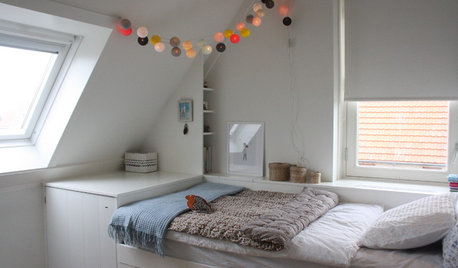
ATTICS14 Tips for Decorating an Attic — Awkward Spots and All
Turn design challenges into opportunities with our decorating ideas for attics with steep slopes, dim light and more
Full Story
ATTICSRoom of the Day: Awkward Attic Becomes a Happy Nest
In this master bedroom, odd angles and low ceilings go from challenge to advantage
Full Story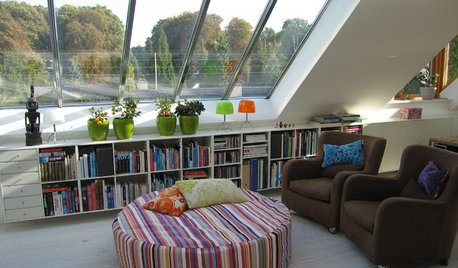
MORE ROOMSLook Up: There May Be Living Room in the Attic
Turn that attic into a great new place for guests, work, kids — or just getting away from it all
Full Story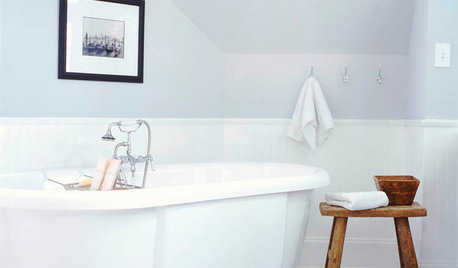
REMODELING GUIDESA Dark Atlanta Attic Welcomes a Light-Filled Bathroom
From architecturally quirky attic to sunny bathroom, this renovated space now has everything a growing family could need
Full Story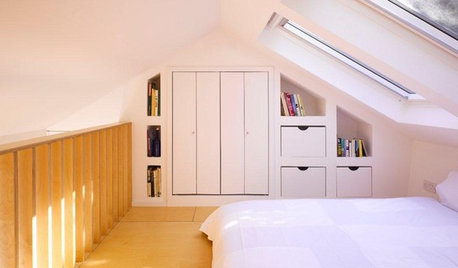
STORAGE10 Savvy Storage Solutions for Converted Attics
Find a home for all your stuff in the upper reaches of the house
Full Story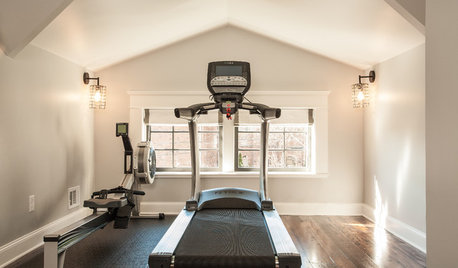
HOME GYMSWork In Some Workout Room Right at Home
Exercise good judgment by reshaping an attic, a basement or even a hallway as a gym space
Full Story
ATTICS8 Tips to Turn Your Attic Into a Snug Reading Nook
If your cherished "me" time starts with a book, take a page from these ideas for converting your attic into a reading heaven
Full Story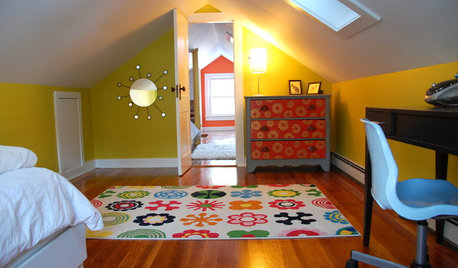
MORE ROOMSUnearth Your Attic
Don't settle for a dusty dumping ground when you can have a stylish, usable room. These 4 attic renovations are sure to inspire
Full Story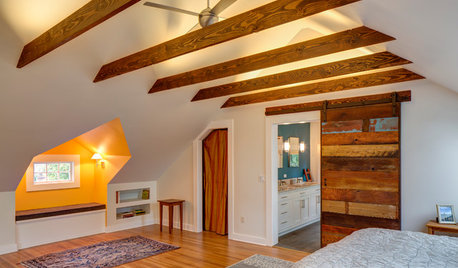
REMODELING GUIDESRoom of the Day: Storage Attic Now an Uplifting Master Suite
Tired of sharing a bathroom with their 2 teenage kids, this couple moves on up to a former attic space
Full Story






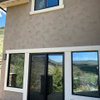


margi_gosia
Lee PfortmillerOriginal Author
Related Professionals
San Juan Capistrano Kitchen & Bathroom Remodelers · Berkeley General Contractors · Davidson General Contractors · Jeffersonville General Contractors · Merritt Island General Contractors · San Bruno General Contractors · Chantilly Painters · Columbia Painters · Martinez Painters · Park Ridge Painters · South Riding Painters · Taylor Painters · Town 'n' Country Painters · Towson Painters · Tucker Paintersmargi_gosia
Lee PfortmillerOriginal Author
klaire2001
homebound
mightyanvil
Lee PfortmillerOriginal Author